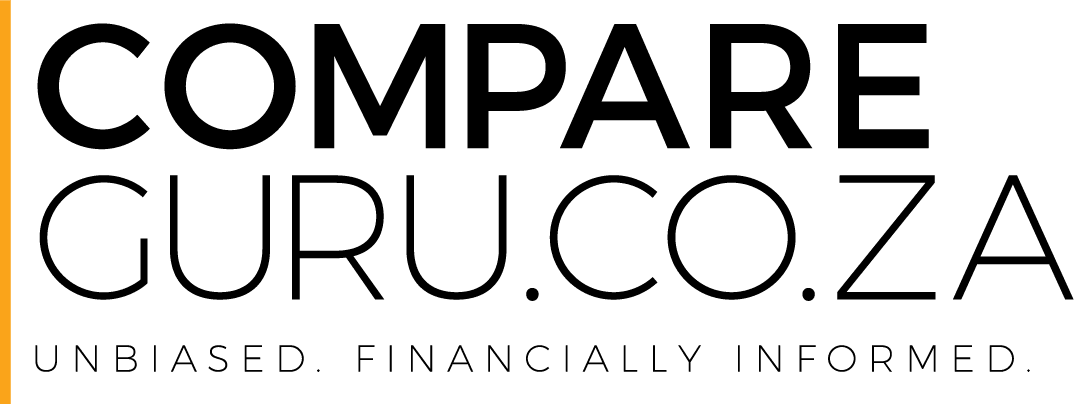CompareGuru Financial Services is an authorised financial services provider FSP. 47696
Zimbabwe now has the most expensive fuel in the world, leading to violent protests, demonstrations and strikes across the country. Back home in South Africa, however, we could be looking at another price drop come Feb.
Our neighbour, Zimbabwe, is in absolute turmoil. Back in 2009, the country decided to abolish the worthless Zimbabwean dollar in favour of using other currencies, such as the US dollar, SA rand, British pound, Botswana pula, etc.
Fast forward to October 2018, and many Zimbabwean businesses found themselves denied access to foreign currency due to the government’s refusal to permit interbank trading of foreign exchange, and many of them have had no other choice but to obtain dollars illegally via the black market.
Now, as it currently stands, Zimbabwe doesn’t have enough foreign exchange to fund any imports or to pay any workers. Companies don’t have the raw materials, ceasing production. Doctors aren’t going to work. Food has become scarce, and of course, so has fuel. The fuel insufficiency has resulted in gasoline and diesel prices doubling in price – making Zimbabwe’s fuel the most expensive fuel in the world at R46.31 / litre.
This, in turn, has led to widespread protests, violent demonstrations and strikes all across the country over the last week.
Now, let’s turn our attention back home, to sunny South Africa. Toward the end of 2018, the Automobile Association predicted that South African motorists could expect further mercy in the New Year, in the form of another big decrease in the petrol price.
The AA cautioned against premature celebration, however, naming political and economic instability as possible stumbling blocks.
As we’re all woefully aware, the petrol price climbed to the highest point in history last year, hitting the R17 / litre mark in October. A far cry from Zimbabwe’s R46.31 – or even the second highest fuel price in the world, Hong Kong at R28.84 / litre.
December saw the first price cut after about eight months of consecutive hikes, and it’s now been confirmed that the downward trend will continue into January.
Petrol Price Drop Expected For February
Commenting on unaudited fuel price data released by the Central Energy Fund, the AA has predicted that the petrol price will drop by around 12 cents toward the end of January. A drop of 36 cents for diesel and 33 cents for illuminating paraffin is also on the cards.
“Although the international price of crude oil has ticked up since its low of 1 January, the overall price is still lower than December’s average, and this reflects in the current data,” the AA said.
As the rand continues to improve against the dollar, however slightly, these figures may fluctuate toward the second half of January.
The Rand continues to firm slightly and it's not clear what level oil will stabilise around. Whether this will work in favour of fuel users, or against them, remains to be seen.”
Based on mid-month estimates, here is the expected fuel price going into February:


